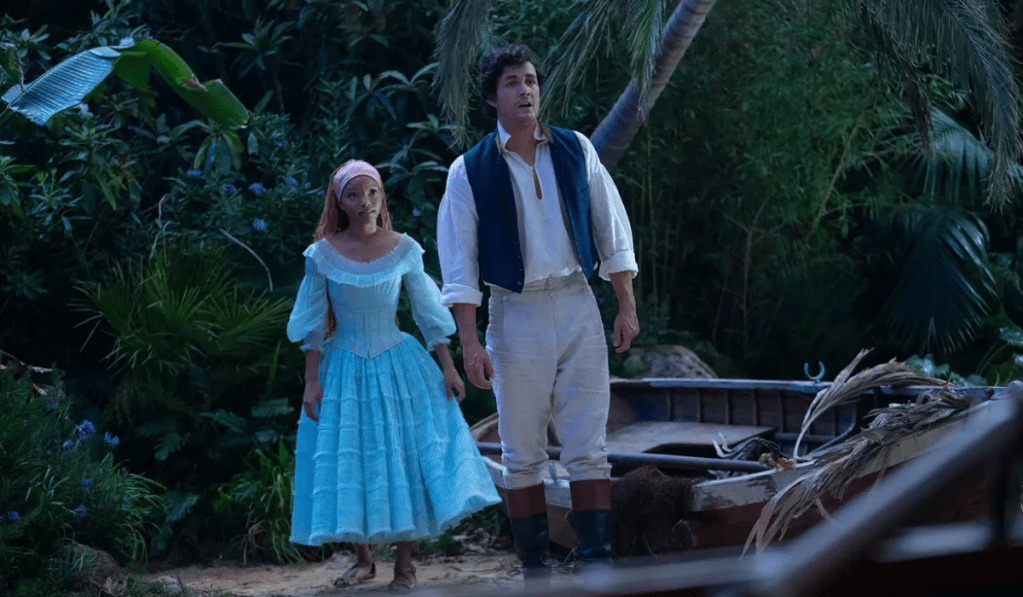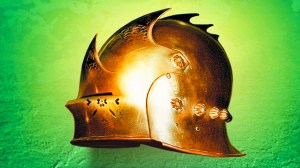For a while now, live-action movies have been stealing the spotlight, especially with Disney. The magical world we all know and love has always been rooted in animation, but lately, it feels like that format isn’t hitting the same with audiences — or at least that’s how it seems. When Disney announced the live-action Snow White remake, it caused quite a buzz. And now, with the Moana live-action remake and the Prince Charming movie officially in the works, some fans seem pretty hyped about it, while others aren’t all that impressed.
Videos by ComicBook.com
The truth is, there’s a pretty calculated strategy behind Disney’s live-action adaptations, even though some people see it as a lack of creativity or just playing on nostalgia. Over 10 of the studio’s classic films are already confirmed to get the live-action treatment, which is a lot. It almost feels like the industry is ready to leave animation behind entirely. Sure, there might be some upsides, especially when you think about appealing to new generations and today’s market trends. But is it really worth pouring so much into it? That’s the big question.
How Disney Seems to Be Disrespecting the Legacy of Its Animations

While Disney’s main audience is kids, adults have also adapted with the times. Who hasn’t rewatched an old classic and thought, “This isn’t as good as I remember,”? However, comments like that have an impact. Over time, animation has been sidelined, boxed into their own category, and treated as less important. From a biased perspective, they’re often dismissed as “just for kids,” which may have ironically reinforced Disney’s focus on that idea.
When asked about the studio’s claim that animated movies had become too expensive to make, critic and Disney historian Joseph Spiegel called it “a lie they like to tell themselves.” The truth is, there’s no solid evidence to back this up, but the general opinion about the disrespect and prejudice towards animation is clear. Back in 2013, CEO Bob Iger announced that hand-drawn animation was no longer part of Disney’s plans, and soon after, the whole division was fired. For many of the studio’s loyal fans, this is a change that really needs to be rethought.
If we consider 3D animation, Disney has definitely made a profit with films like Toy Story, Frozen, and Inside Out. But it still feels like these aren’t quite enough to match the success of a live-action movie. Even awards, like the Oscars, seem to be leaning in the same direction, making it clear that there’s a growing devaluation of animation. The idea that certain stories can only be told through this medium because of the unique emotions it captures is being unfairly dismissed.
The Possible Logic Behind Disney’s Massive Live-Action Adaptations

If there’s one thing that rules the Walt Disney universe, it’s magic. Clearly, when you decide to remake or reboot a classic, you’re bringing back all the emotions that the original sparked when it first came out. Films like The Lion King, Beauty and the Beast, Snow White, and Cinderella have been around for ages, but they made a huge impact and shaped a generation. Bringing them back, but in a fresh way, is basically about recreating those deep connections with the audience. In Disney’s eyes, that’s what magic is all about.
Also, classics are classics, but today’s generation doesn’t really know what Disney used to be like in popular culture or how it got to where it is now. Because of that, live-action remakes have become a way to refresh those stories and adapt them to the tastes of modern entertainment. Today’s kids and young people are more drawn to a more polished production, so, creating a project that resonates with the new generation could be something the studio has been aiming for.
Reinventing itself could also be a big reason behind Disney’s focus on live-action remakes. Time passes, things change, and perspectives evolve, so staying in tune with these shifts creates buzz and engagement. In the live-action Aladdin, Jasmine gets a boost in female empowerment; in The Little Mermaid, the casting of Halle Bailey as Ariel positively broke paradigms; and in Cruella and Maleficent, audiences got to explore the backstories of iconic villains. Updating classics can often bring fresh and intriguing takes on familiar stories, and Disney may be realizing some pretty positive aspects of this.
What seems clear from this is that animated films may no longer hold the same relevance they once did. Because they’re often not seen as “serious,” they’re automatically viewed as inferior. Ultimately, the biggest profits tend to come from movies with real people. Unfortunately, it’s not even about the script or a well-crafted plot anymore, but about the movie’s appearance and the reputation it can bring.








